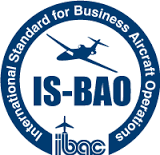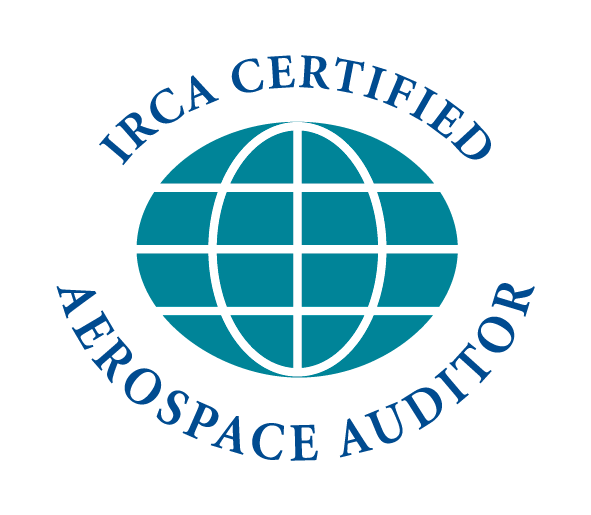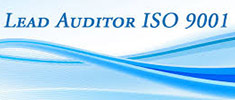Why IS-BAO?
Conforming to these standards and recommended practices is voluntary and may be self-administered. However, recognition for implementation of and conformance to the standards is available via an auditing process that results in an IBAC Certificate of Registration. The program centers on the Safety Management System (SMS) as developed by ICAO and influenced by other industries. It leads the operator from establishment of a sustainable SMS to a performance-based, risk-aware culture for both large and small operations, fixed wing and helicopter.
Why IS-BAO?
- Enhanced operational safety with a structured, integrated approach
- Shared industry tools and best practices for managing safety
- Accepted as an Industry Code of Practice by EASA
- Non-Commercial Complex (NCC) Operators can meet EASA Part NCC requirements with IS-BAO (Gap Analysis Tool available)
- Suitable for small flight departments and encourages team-working, developing a strong safety culture
- Fewer unexpected operational delays or disruptions due to improved efficiency
- Increased awareness of safety performance – you and your contractors
- Reduction in insurance rates (see IBAC website)
Audits are conducted every two years to ensure conformance with the standard and provide valuable feedback to the operator. The registration certificate issued upon successful completion of an audit serves as proof of compliance with several key ICAO standards, which are required for operations in a number of countries.
Recognizing that developing and sustaining an SMS requires time and effort by the whole team, IS-BAO audits concentrate on SMS development through a gradual process of advancing maturity:
- Stage One confirms that the SMS infrastructure is established and that safety management activities are appropriately targeted. All supporting standards have been established.
- Stage Two ensures that safety management activities are appropriately targeted and that safety risks are being effectively managed.
- Stage Three verifies that safety management activities are fully integrated into the operator’s business and that a positive safety culture is being sustained.




